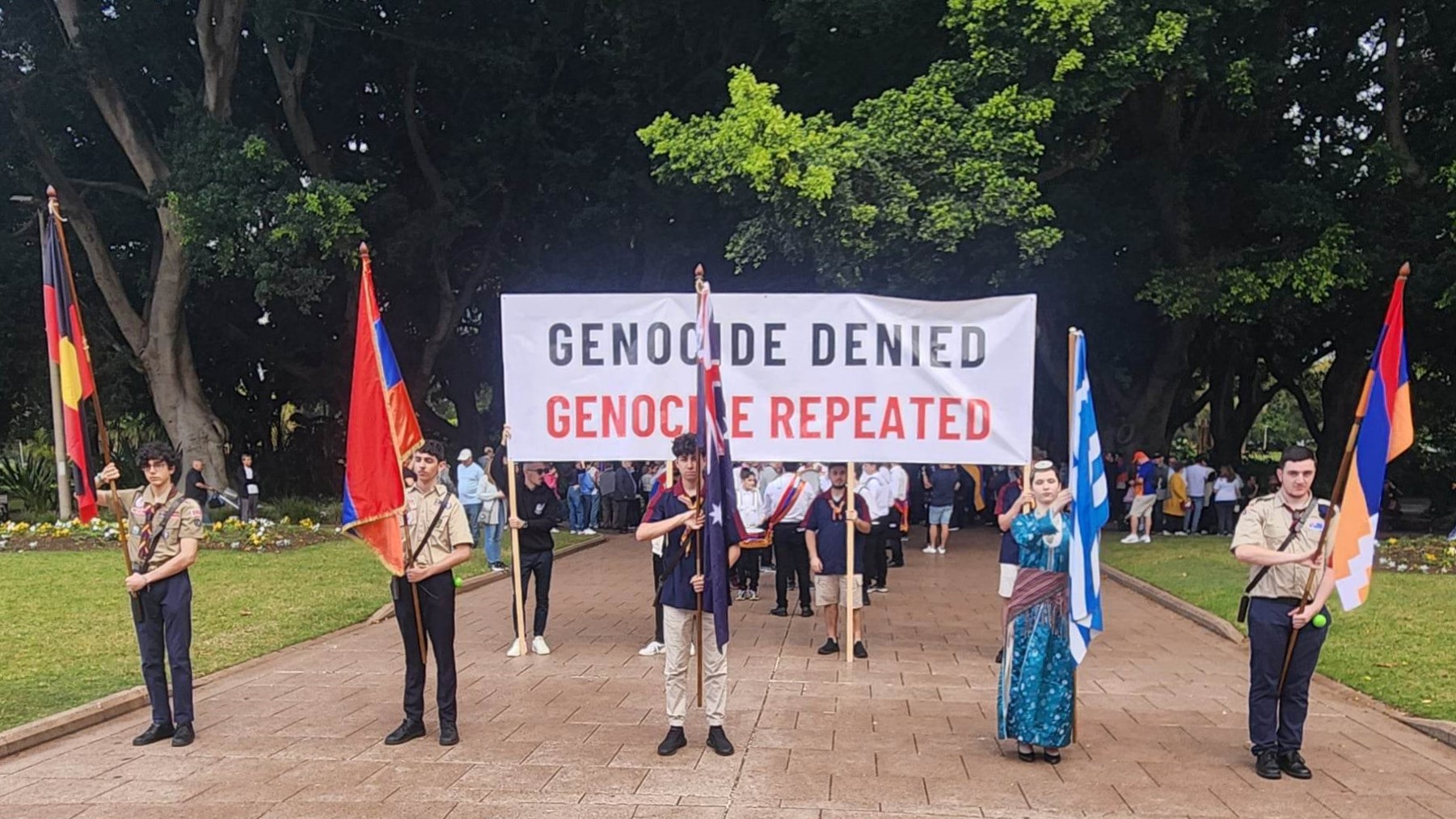Led by the new President of the Federation of Pontian Associations of Australia, Mrs Esta Paschalidis-Chilas, members of the Pontoxeniteas and Panayia Soumela associations of NSW joined Armenian and Assyrian Australians in a March for Justice on Sunday, April 23.
All along the route from Hyde Park to Circular Quay, marchers called for the Australian federal government to ‘End your silence’ and recognise the Genocides of the indigenous Armenian, Assyrian and Hellenic peoples of Anatolia.
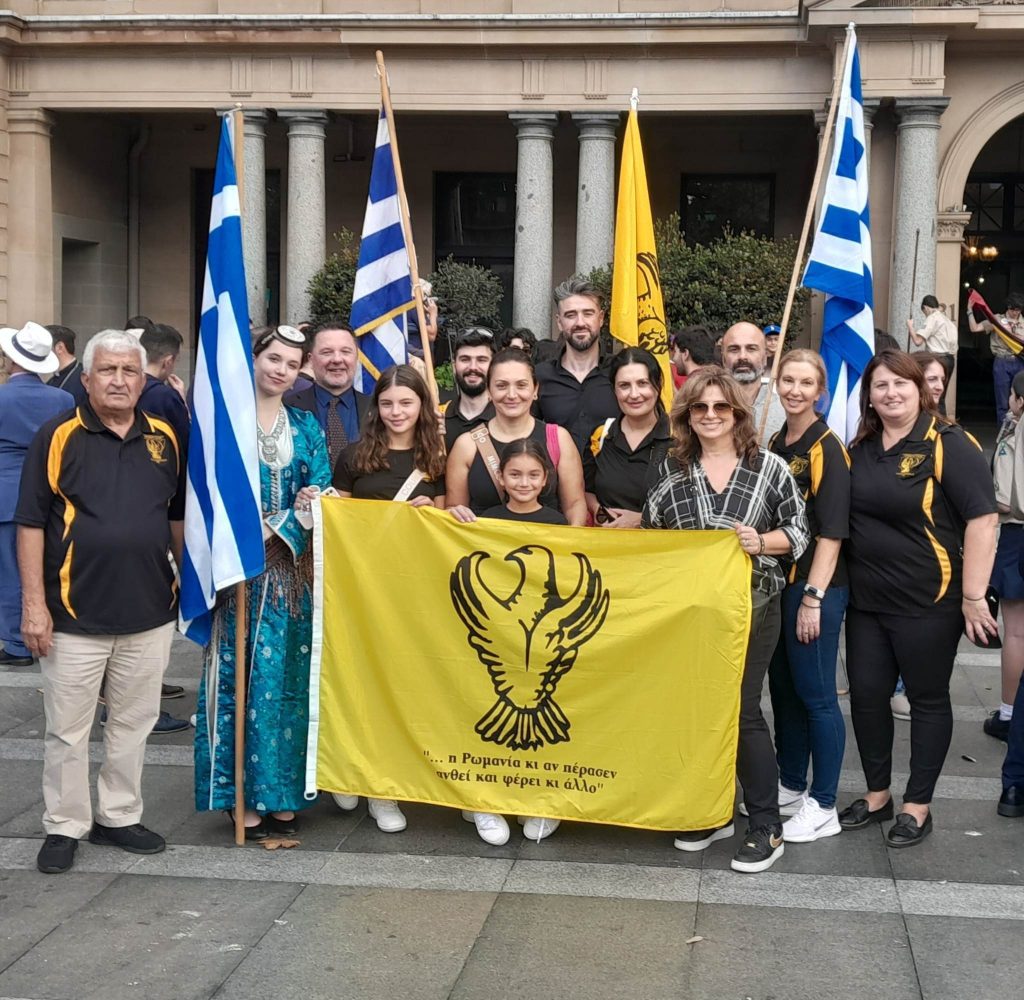
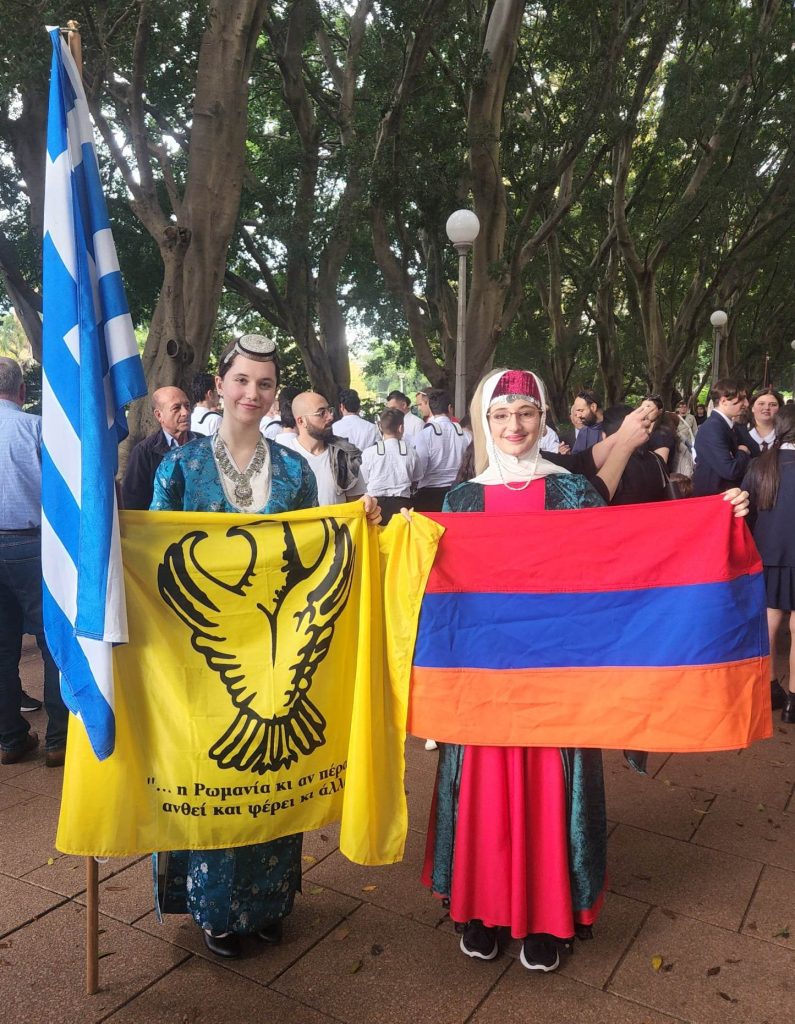
Attending the annual March for the first time as Federation President, Mrs Paschalidis-Chilas stated: “This is the annual opportunity for our community, many of whom are descendants of survivors of the Genocides, to show that we will continue to honour the memory of our ancestors.”
The annual March For Justice is part of the ongoing campaign of the Australian Hellenic, Australian Armenian, and Australian Assyrian communities of NSW for the leaders of the Federal Parliament, to accurately characterise the destruction of the indigenous peoples of Anatolia as crimes of Genocide, as defined by international law.
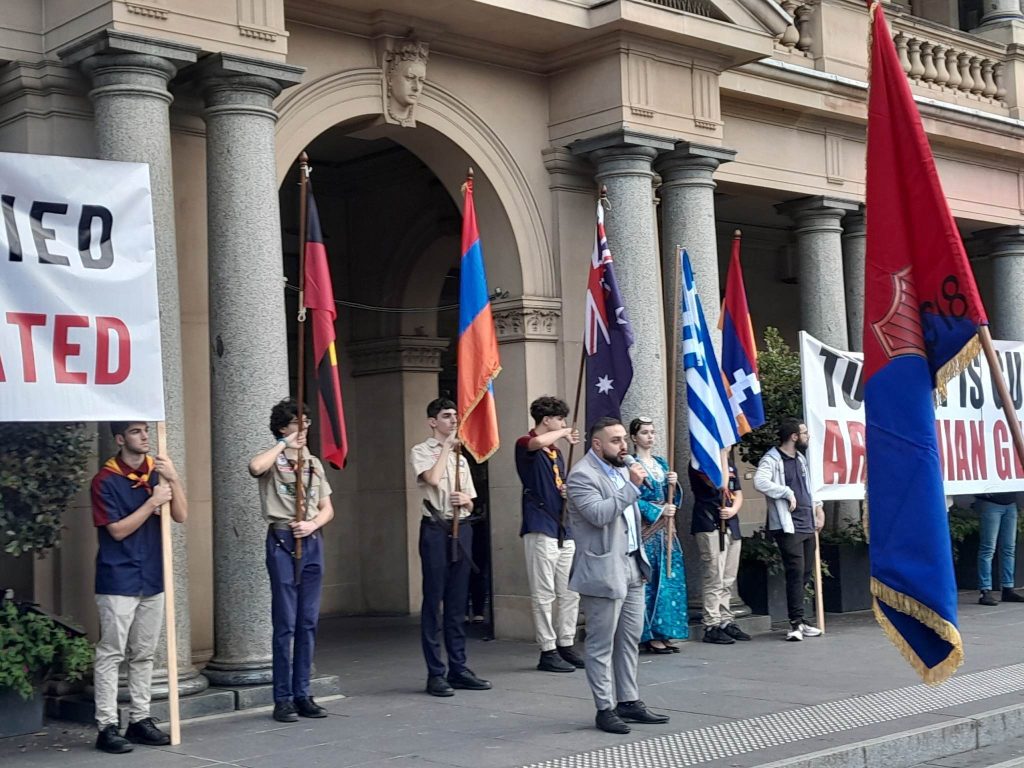
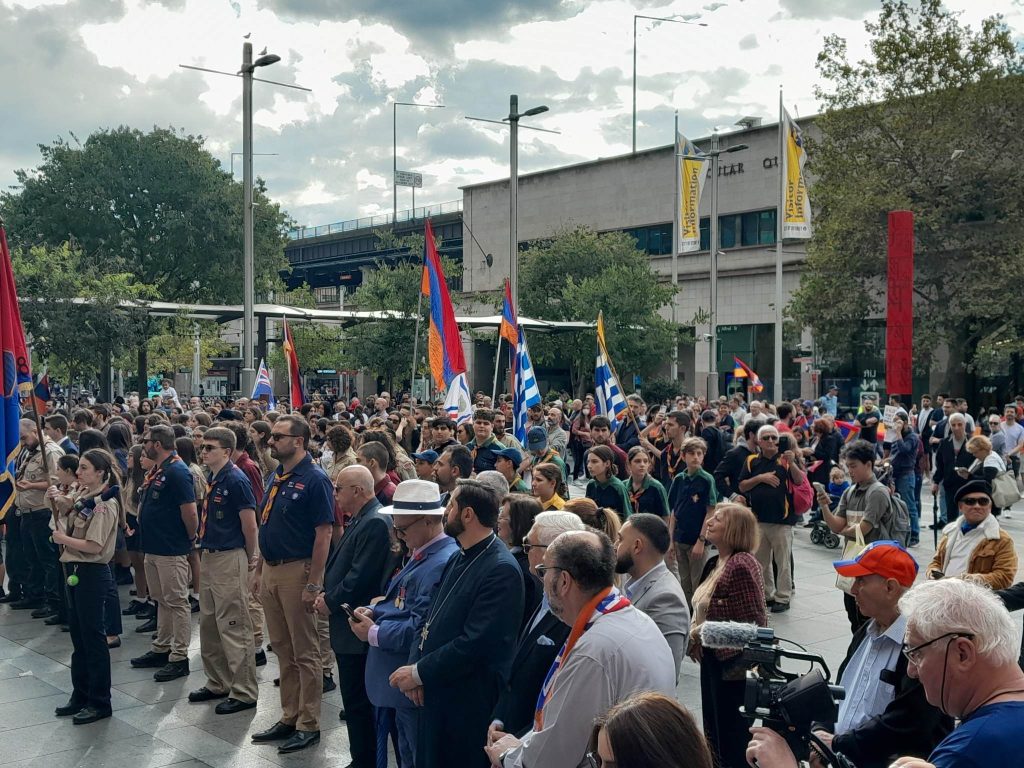
The Joint Justice Initiative is the result of the gradual development of cooperation and coordination of the three communities around efforts for the awareness of the just cause of political recognition of the Genocides in Australia than at any time since the 1920s.
Academic recognition was achieved through such cross-communal cooperation. The communities have now moved to the field of political cooperation in pursuit of the justice of recognition for ancestors so unjustly lost.

